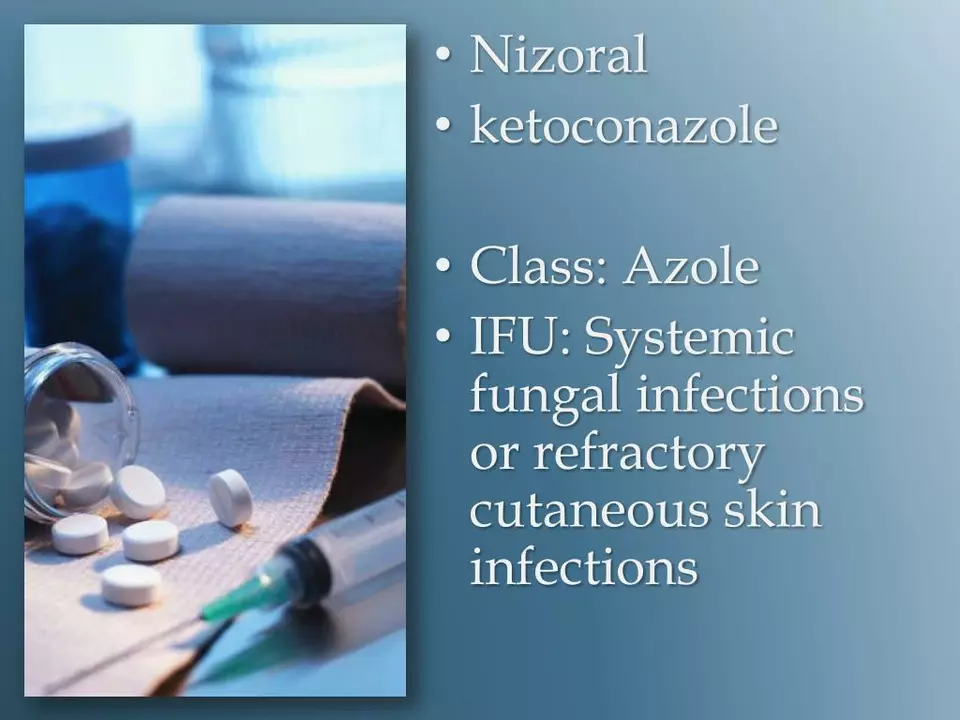Skin cancer: signs, prevention, and when to act
One in five Americans will develop skin cancer by age 70, so knowing what to watch for matters. Skin cancer usually starts on sun-exposed skin but can appear anywhere. The two most common types are basal cell and squamous cell carcinoma; melanoma is less common but more dangerous. Spotting it early makes treatment simpler and outcomes better.
Spot the signs fast
Look for new spots or existing moles that change size, shape, or color. A mole that is asymmetrical, has an irregular border, shows multiple colors, is larger than a pencil eraser, or changes over weeks needs a check. Also watch for sores that don’t heal, rough scaly patches, or tender bumps that bleed easily. If you find any of these, take clear photos and book an appointment with a dermatologist or your primary care doctor.
Quick prevention steps you can use today
Avoid prolonged midday sun between 10 a.m. and 4 p.m. Use a broad-spectrum SPF 30+ sunscreen every day on face and exposed skin, and reapply every two hours when you're outside. Wear a wide-brim hat, sunglasses, and sun-protective clothing. Skip tanning beds — they raise your risk significantly. Check your meds: some increase sun sensitivity, so ask your doctor or pharmacist.
How to check your skin at home: stand in front of a mirror and scan your full body, including scalp, between toes, and under nails. Use a hand mirror for hard-to-see spots. Check monthly and keep a log with dates and photos. If you have many moles or a family history of melanoma, talk with a dermatologist about professional exams and possible skin mapping.
Who’s at higher risk? Fair skin, freckling, a history of sunburns, many moles, older age, and a family history of melanoma raise risk. People who work outdoors or use tanning beds also face higher chances. But anyone can get skin cancer — darker skin can get melanoma in different places, so stay alert.
When you see a doctor they may perform a skin exam and recommend a biopsy for suspicious spots. Treatments vary by stage and type: options include surgical excision, Mohs surgery for tricky areas, topical medicines for superficial lesions, cryotherapy, and in advanced cases, targeted drugs or immunotherapy. Early-stage cancers often have quick, outpatient treatments with good outcomes.
Small habits matter: cover up, use sunscreen, and avoid peak sun. Teach kids sun-safe habits early. If you notice a spot that looks wrong to you, trust your gut and get it checked — it's usually nothing, but early checks save lives.
If you have limited access to a dermatologist, many clinics offer telederm visits where you upload photos and get fast advice. Ask about mole mapping if you have many spots. Avoid DIY removals and unproven creams — they can hide problems. If cost is an issue, community clinics and patient assistance programs may help and save money.

The Role of Fungal Infections in the Development of Skin Cancer
In my latest research on skin cancer, I discovered that fungal infections can play a significant role in its development. It turns out that certain fungi produce toxins that can damage our DNA, leading to mutations and eventually cancer. Moreover, a weakened immune system due to these infections can also increase the risk of skin cancer. As we all know, prevention is better than cure, so maintaining good hygiene and treating fungal infections promptly can help reduce the risk. I must say, this new insight into the connection between fungal infections and skin cancer has truly opened my eyes to the importance of staying vigilant about our skin health.
© 2026. All rights reserved.
